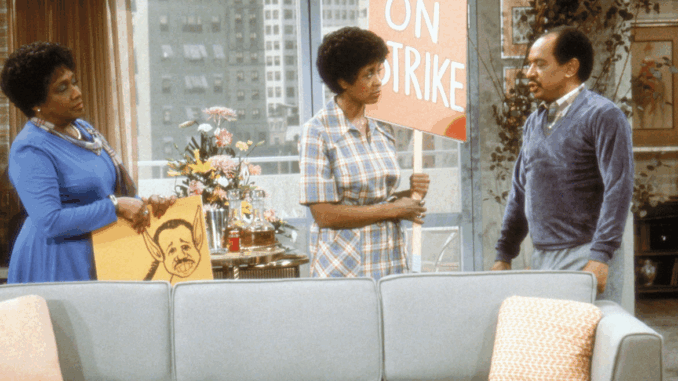
When The Jeffersons premiered in 1975, it wasn’t just another sitcom. It was a quiet revolution.
Here was a show about a successful Black couple living in a luxury high-rise apartment on Manhattan’s East Side. George and Louise Jefferson were wealthy, opinionated, proud, and—most importantly—unapologetic. In a television landscape still dominated by white middle-class families, the Jeffersons “movin’ on up” wasn’t just a catchy theme song. It was a challenge to every outdated assumption about what Black characters were allowed to be.
What set the show apart was its willingness to lean into uncomfortable truths—race, class, upward mobility, and the cost of success. George wasn’t written to be “safe” or agreeable. He was angry, proud, paranoid, and often wrong. But he was also real. Viewers saw themselves in his stubbornness, his ambition, his awkward attempts to connect with white neighbors like Tom and Helen Willis, and even in his blind spots.
Louise, played by the graceful Isabel Sanford, was George’s emotional compass. Her calm wisdom balanced his fiery temper. She reminded audiences that success didn’t have to mean abandoning humility or compassion. Together, the Jeffersons represented a new kind of American dream—one where color didn’t dictate class, and ambition wasn’t something to hide.
Over 11 seasons, The Jeffersons became one of the longest-running sitcoms in American history. It broke barriers not by preaching, but by laughing. And in every punchline was a powerful truth: Black excellence wasn’t a novelty. It was overdue.

